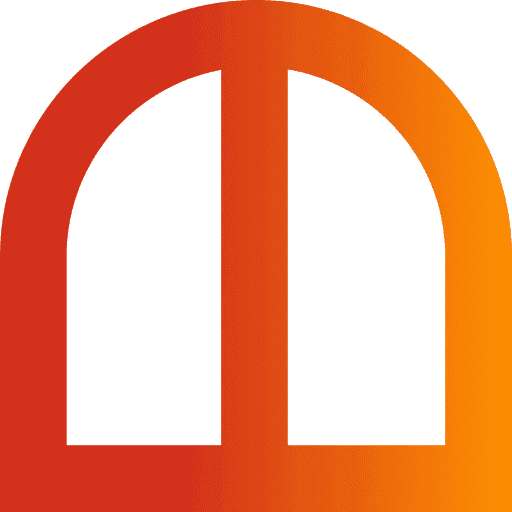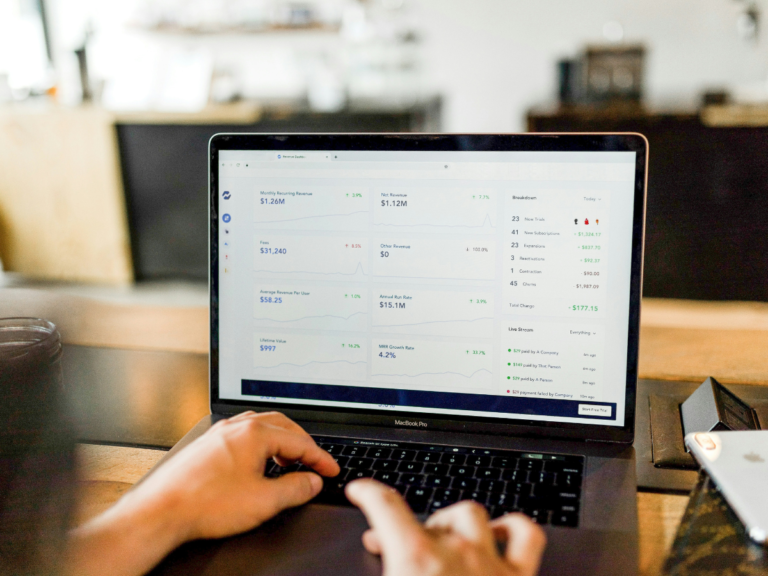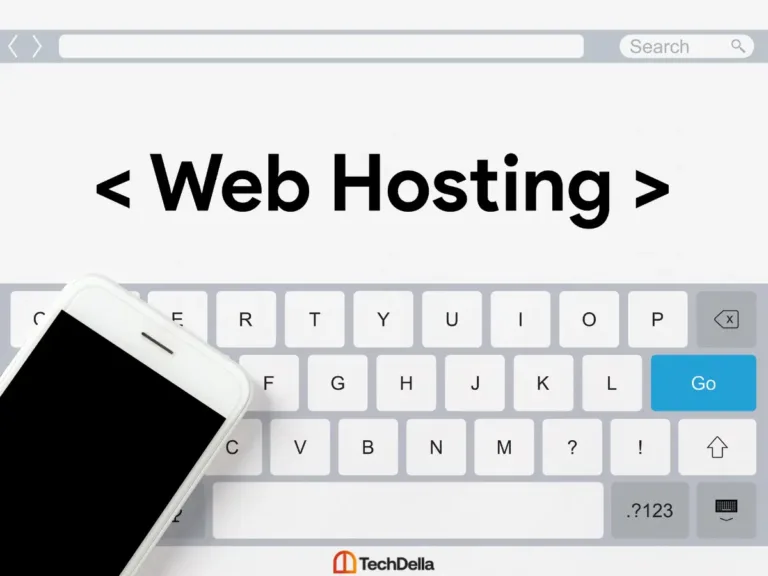
There has been a lot of fuss around Software as a Service (SaaS). Why? Because the SaaS global market is expected to reach a value of $1.3 trillion by 2030. With this growth, launching a SaaS product has never been more promising. But then, what are the hacks to launching your SaaS product? In this blog, we’ll explain exactly how to launch a Saas product.
By the end of this article, you will be confident in launching a new Saas product for business. We’ll walk you through a step-by-step guide.
What is a SaaS Product?
Saas products are simply software that is used as a service. Saas product examples include Microsoft Office, TechDella, Slack, Dropbox, and so on.
Launching a SaaS product is the process where a company introduces a new software ready to be used by its users. This software takes away the stress of installing, maintaining, or updating the software on your end since the provider handles all of that for you.
What are the Stages of a SaaS Product Launch?
There are three different stages involved when launching a SaaS product. These stages are:
- Pre-launch Phase
- Product Launch Phase
- Post-launch Phase
1. Pre-Launch Phase
This phase encompasses all the necessary tasks before a business product SaaS can be visible to users. As a SaaS product owner, the success of your product relies heavily on the activities done during this phase.
These activities include conducting market research, developing your SaaS product, deciding how to price it, and finding the right strategies to help you market it. Doing this helps you understand your target audience’s needs and preferences, problems, and how you can address them.
2. Product Launch Phase
This phase involves getting your SaaS product ready for people to see. Although, this might differ based on the product and industry type.
Aside from this, launching a product just requires you to pick a launch date, carry out your marketing plan, sell your SaaS products, bring on customers, and monitor technical structure. If you do a proper launch, then there’s a guarantee that there’ll be an increase in the influx of customers.
However, it is really important to keep track of your technical setups in order to stay clear of any issues and make sure your platform can manage different data and user requests smoothly. Making sure your users have a great onboarding experience is a fantastic way to keep them engaged.
3. Post-Launch Phase
Launching your SaaS product isn’t the end of your SaaS business; rather, you just began. The post-launch phase is when you monitor how well your product is performing and how users are interacting with it.
This is where you gather customer feedback and reviews. Identifying these issues enables you to make improvements. Additionally, you can decide to change your business marketing and sales strategies following the feedback from users.
Types of SaaS Product Launch Plans
There are different SaaS product launch plans you can take inspiration from. Some of these SaaS product launch plans include:

1. Soft Launch Plan: This strategy is also known as a “dark launch.” It involves releasing your product to a certain group of people before making it available worldwide.
Some companies see this launch plan as a safe way to launch a new product. This approach enables them to gather user feedback and implement necessary improvements without facing significant criticism or widespread availability.
2. Minimal Launch Plan: The minimal launch plan involves launching your SaaS product with limited features and functionalities to a limited audience.
This is to help the company make improvements to the product based on the feedback from users before releasing it to a wider audience.
3. Full-scale Launch Plan: This is the most common launch plan known by various SaaS companies. It involves releasing the SaaS product with all its functionalities and features to the general public at once.
Note: This plan comes with various risks, especially if you’re new to the market. You can also download a SaaS product plan pdf to give you a quick start.
How To Launch A SaaS Product Successfully
In this section, we will take you through the various steps you should take in order to launch a SaaS product successfully.
1. Find Your SaaS Product Uniqueness
For you to attract customers, your product has to be different from those available on the market. You’ll have to identify what gives your SaaS product a competitive advantage. It could be that your product is niche-focused, e.g., HR management software.
Your product may also be less expensive than the competitor’s, have high performance, or have outstanding features. Once you determine your product’s unique point, ensure it is quickly visible upon launch.
2. Define Your Target Audience
You can’t launch a SaaS product successfully without having an idea of your ideal audience. You’ll need to create a customer profile. However, you cannot accomplish this task without first understanding their needs.

- Preferences
- Needs
- Demographics
- Behaviors
Knowing this will help you develop your product in a way that matches your audience’s needs and preferences. It will also give you an idea of the marketing strategy that will suit your audience.
3. Determine Your Marketing/Promotion Strategy
This is crucial when it comes to launching a SaaS product. A proper marketing and promotion strategy helps in attracting customers to your product. When determining your marketing and promotion strategy, you must adopt various channels that resonate with your audience. These channels include: SaaS Content Marketing, Search Engine Optimization, Email Marketing, and Partnerships.
4. Build Your Brand Identity
According to Jeff Bezos, “Your brand is what other people say about you when you’re not in the room.” This simply means that your brand’s identity is more than just your logo or color scheme. It is the perception others have about your business.
A strong brand identity helps foster trust with customers, making them more likely to select your product.
5. Set Your Product Launch Goals

Once your product launches, make sure you’ve set specific goals you’re excited to achieve. These goals can include gaining more customers, increasing user engagement, or increasing the company’s revenue.
6. Test and Gather Feedback
When you’re preparing to launch your product, you’ll have to provide a system to gather customer feedback. It can either be through a survey or an interview.
The feedback will give you an idea of the areas you need to work on to improve your product. In general, it will help you adjust your product in a way that meets your customer’s needs.
FAQs: How To Launch A SaaS Product
1. How long does it take to launch a SaaS product?
The timeline varies depending on the complexity of the product, but typically it takes 6 to 18 months from idea validation to launch.
2. What are the common challenges in launching a SaaS product?
Common challenges include:
- Finding product-market fit,
- Managing development costs,
- Creating a strong go-to-market strategy, and
- Acquiring early users.
3. How do I price my SaaS product?
Choose a pricing model that aligns with your target audience and business goals. Options include subscription-based, freemium, tiered pricing, or pay-as-you-go models.
4. Why is testing important before launching a SaaS product?
Testing ensures your product is functional, user-friendly, and free of critical bugs. It also provides valuable feedback for refinement before going live.
How To Launch A SaaS Product: Wrapping Up!
Your SaaS product is finally ready for public release, which is wonderful. However, launching a SaaS product is difficult and requires careful planning, preparation, and execution.
This will help you assess your product’s market potential. A successful product launch also requires a competent marketing plan, a target demographic, and a strong brand identity.
Finally, check your strategy’s effectiveness after your product launches, is your product generating sufficient revenue? Are existing customers actively using it, or are you attracting new customers? Knowing this will help you identify problems and improvements.




